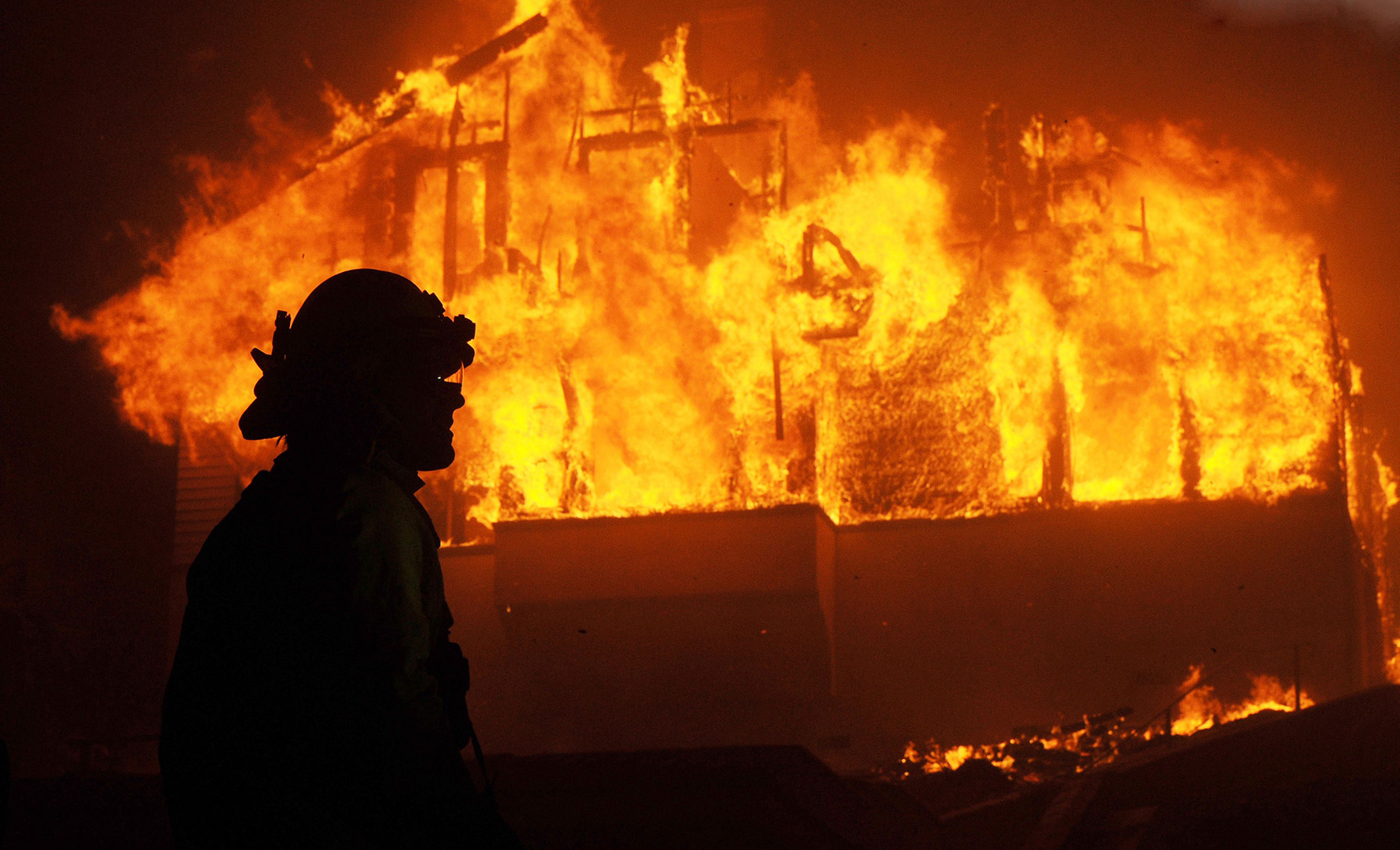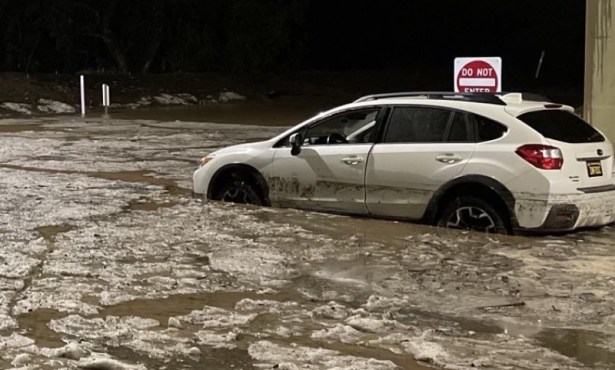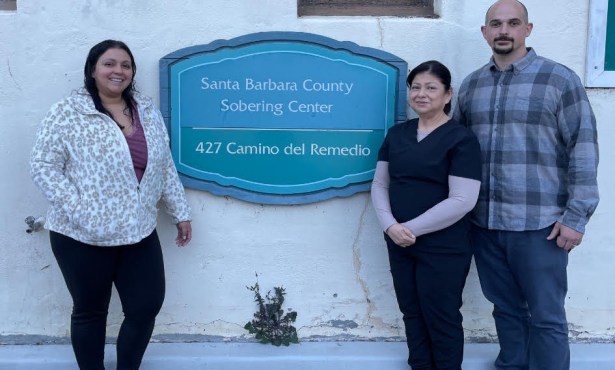No More Canceling Fire Coverage, Says Insurance Commissioner
Institutes a Moratorium on Nonrenewals near Fire Disaster Areas

Ricardo Lara expanded California’s state-mandated fire insurance program in November, and on Friday the state insurance commissioner announced a block on insurance companies canceling, or not renewing, homeowner policies for residents near a declared wildfire disaster. As many as 800,000 property owners could be affected by Lara’s moratorium. Earlier research by his agency showed that 10 percent more people lost their policies after last year’s massive wildfires than in previous years and that the number of people seeking new policies with the state’s insurer, the FAIR Plan, increased dramatically.
Lara himself authored the underlying legislation, Senate Bill 824, when he was the state senator for Long Beach in 2018 before being elected as insurance commissioner that year. Insurers cannot now cancel anyone who’s suffered a total loss.
The commission is also asking all insurers to voluntarily observe the moratorium until December 5, 2020, since Governor Gavin Newsom’s declared fire emergency in October affected cities and counties statewide. At that time, the Tick Fire was burning across 4,600 acres near Santa Clarita and the Kincade Fire in Sonoma County had exploded across 200,000 acres. “A statewide moratorium,” Lara’s press release states, “would allow time to stakeholders to come together to work on lasting solutions, help reduce wildfire risk and stabilize the insurance market.”
The additional time Lara cites here is being echoed by the state’s insurance pool, the California FAIR Plan, which only two weeks before was ordered by Lara to add more comprehensive homeowner insurance to its existing bare-bones fire insurance coverage. In a letter to Lara from Anneliese Jivan, president of FAIR, which stands for Fair Access to Insurance Required, Jivan raised objections to the time frame imposed — FAIR must offer a homeowner policy by June 2020 — and the cost to customers.
Standard homeowner coverage, known as HO-3 in the industry, includes liability and workers’ compensation coverage, neither of which are in the “basic property coverage” that FAIR offers. Jivan stated her agency has no expertise in covering the complicated issues of water and liability claims; the voluntary market, however, has dealt with those issues for decades. She noted that FAIR plan policyholders must already purchase separate earthquake or flood policies, and it’s therefore consistent to require them to purchase separate liability or “difference in conditions” policies, as well. Besides, she writes, they can get discounts when they buy those additional policies together. And, after the Woolsey and Camp fires, her agency has been stretched thin, and these additional requirements come at the wrong time, she said, asking Lara to withdraw his HO-3 order.
As for the other elements of Lara’s order, Jivan writes that FAIR is moving to raise the insurance limit from $1.5 million to $3 million, and FAIR has filed the rate changes with his office. Of the order to add no-fee electronic payments by February 2020, she states her office believed changes in payment methods can take months to years to implement. Without a fee, she cannot cover the costs associated with credit card, electronic fund transfers, or monthly payments, Jivan claimed. She proposed instead a survey of customers by February to understand the options most in demand.
Jivan sent her letter on December 5. Lara’s response today is simply that the “Department has received the FAIR Plan’s letter and will meet with them to work on implementing the commissioner’s order.”



